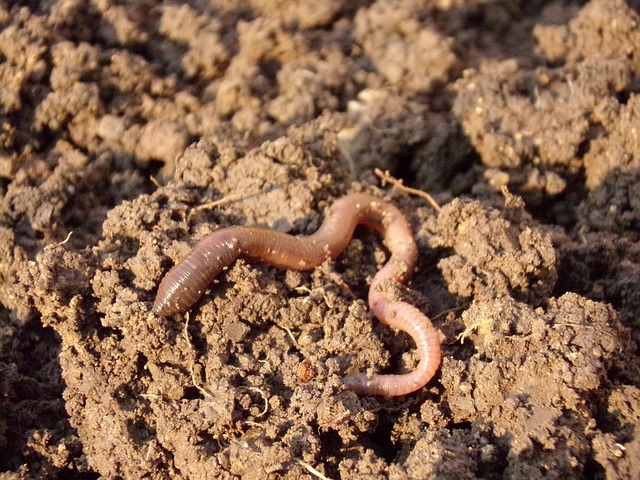
Earthworms are annelids.
Annelids are animals with an almost cylindrical body and transverse rings or folds. These rings or folds are external, but correspond to internal segments of the body.
Annelids have a cavity called the coelom , which is divided by transverse partitions. Inside the coelom, there is a fluid in which the organs are suspended.
The aforementioned transverse partitions separate the different segments of the body, which present some portion of the nervous system and the circulatory system. Therefore, they can function almost independently. Each of the segments is known as a metamer and is marked, on the outside, by one or more rings.
Annelid species
Specialists estimate that there are nearly 16,500 species of annelids, which can reach a length of between less than a millimeter and more than three meters. Most live in the marine environment, although there are some species that reside on land (such as the earthworm ) and others that live in fresh water (the leech ).
Annelids belong to the type of worms, although not all worms are annelids. In this case, they are protostomous invertebrate animals with a vermiform appearance.

There are believed to be around 16,500 species of annelids.
Your classification
When classifying annelids, it is important to emphasize that four large groups are basically established:
Clitelates . These are living beings that are characterized because they have what is known as a clitellum, which is nothing more than a part of their body that is basically functioning within the tasks of reproduction. Within this large group we would also have to highlight that it is subdivided into two groups: the hirudines, such as leeches, and the oligochaetes, which includes species such as the well-known earthworms.
Equiuroids . Basically, within this large group we would highlight that it is made up of those marine-type worms that have a proboscis that cannot be shed and that are not segmented.
Polychaetes . We can emphasize that this third group of annelids is the largest of the four classifications and it mainly includes those that are marine type. They also stand out for the fact that they use their parapods to dig or swim, among other actions.
Mizostomids . To talk about this last set is to highlight that it is made up of everything that is parasites of echinoderms .
As we mentioned before, the best-known annelids are worms, earthworms and leeches. The latter are characterized, above all, by the fact that they are aquatic, they mainly live in fresh waters, and that they have an approximate length of about twelve centimeters. Another of their hallmarks is that they feed on the blood they suck from the living beings to which they cling.
Other characteristics of annelids
The exterior of annelids is covered by an epidermis that secretes a protective cuticle. Below the epidermis there is a layer of circular muscles that, in turn, covers a layer of longitudinal muscle fibers.
Finally, it should be noted that annelids can reproduce both sexually (some species are hermaphrodites) and asexually (by the fission method).
